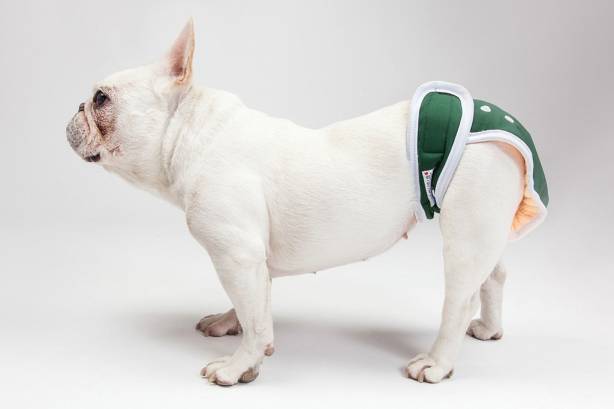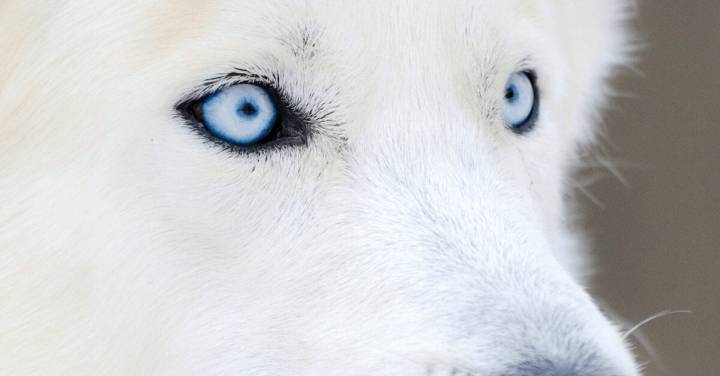In the UK, it’s estimated that there are more than 10 million dogs in households up and down the country. If you’re one of these households, it’s normal to do everything you can to keep your dog happy and healthy as they manoeuvre through life. And if there is one wish we could all have, it would be for our dogs to live longer lives. Unfortunately, our best friends only live for a fraction of what we do. However, as your dog enters their final years, keeping them fit and healthy is key for prolonging their life.
Connect with a verified veterinarian in minutes. Licensed vets are available 24/7 to answer your questions. No need to worry about your furry family member.
If you aren’t sure where to start or what practices to implement, here are some effective ways on how you can exercise your older dog.
See Your Veterinarian
With what feels like a blink of an eye, your once boisterous, excitable, and energetic pup has turned into a more relaxed, laid back older dog. When your best friend gets older, they may not have the stamina and energy they used to, meaning their mobility may be affected as a result. If your dog has developed arthritis especially, they may find it difficult to go on long walks with you. Therefore, seeing your local vet and asking them for advice should be your first step. Your vet is an expert in their field and will perform tests to examine your dog’s weight, vitals, and range of motion.
Once your dog has been fully examined and you’re given the green light that your older dog is in good condition, your vet will deliver helpful advice on what kinds of exercises your canine friend will need to stay healthy and active through their older years.
Take Things Slow
If you’re the type of dog owner who used to love nothing more than going for daily walks with your pooch, seeing your best friend’s health rapidly decline as they age can be hard to handle. Your dog may need more time to get around the block, so rather than losing your patience and getting frustrated, you must take things slow, take regular breaks and consider low-impact exercises that will benefit your dog.
Older dogs with arthritis need to take things easy, as their joints may be stiff. If your dog is uncomfortable or experiencing pain, you should never push your dog to exercise. Any whimpering or signs of distress should clearly indicate that your dog isn’t happy. You should know your dog inside and out, so identifying and addressing red flags is important.

Review symptoms, medications & behavior to keep your pets healthy with a Vet Online in just minutes.
Ask a Vet Live NowMix It Up
To keep your older dog interested and engaged with exercise, it may be worth mixing things up and trying new exercises and activities. During the COVID-19 pandemic, you may have found yourself stuck in a rut and performing the same routines day in, day out. While there are lots of benefits that come with being organised, you and your dog need some excitement to keep things interesting.
Taking your dog to the beach, visiting the park, teaching your old pooch new tricks, or purchasing new toys to play with can all help keep your canine motivated to exercise. Make sure you don’t keep playing the same games with your pal, otherwise they may lose interest quickly. As you try out new things, you should get an idea straight away as to whether your dog is enjoying it.
Pay Close Attention to the Weather
You may not be aware, but older dogs are far more sensitive to the cold and heat when compared to younger pups. This means it’s vital that your dog is dressed in the right attire for the weather in your area. For example, in the colder months when snow and ice occur, it may be wise for your dog to wear a warm jumper to keep them happy while exercising outdoors.
On the flip side, when summer rolls in and temperatures rise, it’s advised to take your dog for a walk in the early morning or evening when it is cooler. Checking the weather forecast and being one step ahead will make sure you put your dog’s health and needs before your own. If your dog is hesitant to go out in the cold or heat, don’t force them out the door.
Reassess Your Regime
Any exercise program your dog follows must be constantly tailored and re-adjusted to their needs. For instance, your dog may start to become stronger, meaning they can do more physical activity. If your best friend is becoming frailer and weaker, you should do the opposite and reduce how much exercise they perform.
The main point is to do exercises that your dog enjoys doing. You will know in your dog’s eyes if they aren’t enjoying something, so rather forcing them to continue, you should make changes that benefit your pooch. Many dogs will try and do everything they can to please you and keep you happy, but in some cases, telling them to stop exercising may be the best thing for them.
Speak to Other Dog Owners
Many dog owners are fearful of taking their pooch to the vet in fear of them not returning home. If you have family members and friends around you who have or have had dogs, ask them for advice on what to do. You may find that a relative or close friend has a life hack or two that can make your job easier and keep your older dog upbeat and satisfied.
While you may not be able to meet up with your loved ones in person due to the lockdown, you can connect virtually to ask for support. You should never feel embarrassed to ask for help, as learning tips and tricks can benefit your dog in more ways than you thought were possible.
Keep a Routine
Like with humans, dogs benefit from having a routine. If you have been taking your dog for walks at a certain time of the day, you should do your best to stick to this routine. Dogs can become agitated and anxious if they’re exercising at different times of the day and night. Creating a routine adds structure to both you and your dog’s day, meaning they know what to expect.
Some form of exercise is better than none at all, so if you’re having to shield due to COVID and you cannot go outdoors, letting your dog play in the back garden is better than nothing. There are lots of fun games you and your canine companion can take part in without worrying about having to socially distance from others. Your dog has no idea that we’re currently in a pandemic, which is why you need to maintain your routine and ensure there is time allocated for exercise. Your dog may start to do zoomies out of boredom and frustration if they aren’t getting walked every day at the same time. YuMOVE have this blog post on what zoomies are and how they can have a negative impact on your dog’s health. YuMOVE sells dog joint supplements that will boost your pooch’s mobility and keep them happy.
When your dog ages, they may require additional help, love, and support to lead a good quality of life. Even as your dog struggles with their mobility, they will still want to play and have fun, so taking all the tips above and putting them into practice will make sure that they get the most out of their golden years on earth with you.
Connect with a verified veterinarian in minutes. Licensed vets are available 24/7 to answer your questions. No need to worry about your furry family member.

Tom
Tom has always loved to write since he was little - he wanted to be either a writer or a veterinary doctor, but he ended up being a professional writer while most of his works are based on animals. He was born in San Francisco but later moved to Texas to continue his job as a writer. He graduated from the University of San Francisco where he studied biotechnology. He is happily married and a soon to be father!
Review symptoms, medications & behavior to keep your pets healthy with a Vet Online in just minutes.
Ask a Vet Live Now



